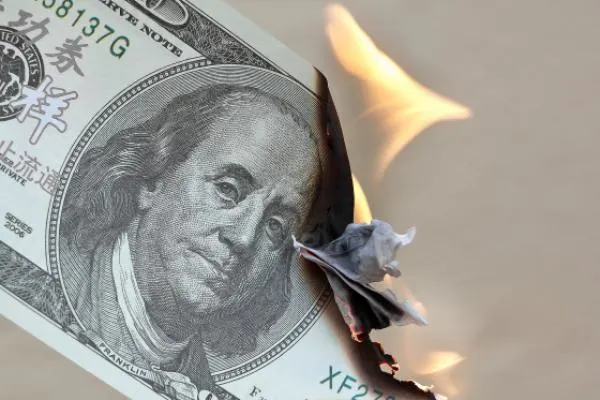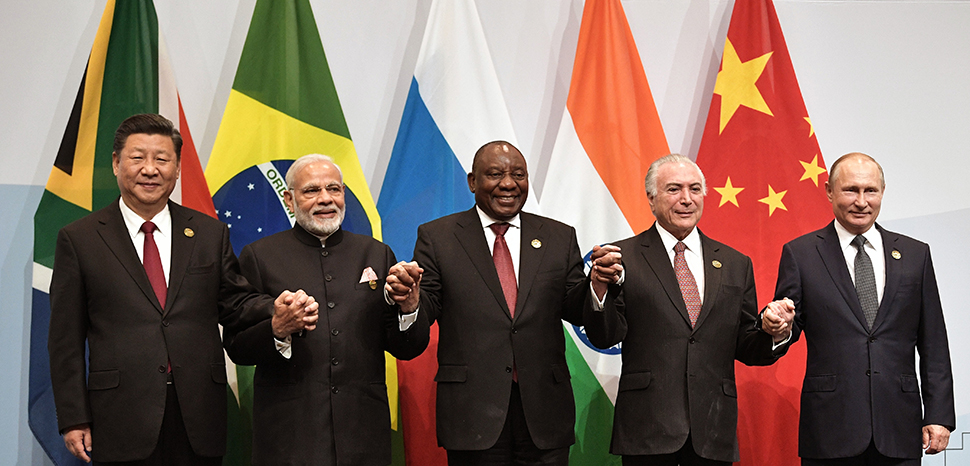The BRICS collective, comprising Brazil, Russia, India, China and South Africa, is working on a common currency in an attempt to ditch the US dollar and push back against America’s dominance. The move comes as Moscow and Beijing call for de-dollarisation in the face of Western sanctions
The US dollar has been the official currency for international trade for years now. However, in recent times there has been talk of creating a new currency in an attempt to dump the dollar and push back against American hegemony.
This de-dollarisation has received a boost in recent times, especially after the Russia-Ukraine war began last February. And last week, this movement received further impetus when Alexander Babakov, the deputy chairman of the State Duma, was quoted as saying that the BRICS nations are in the process of creating a new medium for payments — established on a strategy that “does not defend the dollar or euro”.
Is the BRICS nations actually creating a new currency for trade? Who’s at the forefront of this movement? Will it benefit India? Will the plan actually fructify? There are several questions to this issue and we try to answer them all.
Dethroning the king of currency
The US dollar has been called the king of currency. It became the official reserve currency of the world in 1944. The decision was made by a delegation from 44 Allied countries called the Bretton Woods Agreement.
Since then, the dollar has enjoyed a powerful status in the world. It has given the US a disproportionate amount of influence over other economies. In fact, the US has for long used imposition of sanctions as a tool to achieve foreign policy goals.
However, not everybody likes playing by US rules and countries like Russia and China would like to call a halt to dollar hegemony. This process is called de-dollarisation — and it refers to reducing the dollar’s dominance in global markets. It is a process of substituting the US dollar as the currency used for trading oil and/or other commodities.
The proponents of de-dollarisation say that this process would reduce other countries’ dependence on the US dollar and the US economy, which could help mitigate the impact of economic and political changes in the US on their own economies. Moreover, countries can reduce their exposure to currency fluctuations and interest rate changes, which can help to improve economic stability and reduce the risk of financial crises.
This move has been gaining speed in the last few years, especially in the previous year. In 2022, the International Monetary Fund noted that central banks today are not holding the greenback as reserves in the same quantities as yesteryear.
“The dollar’s share of global foreign-exchange reserves fell below 59 per cent in the final quarter of last year, extending a two-decade decline, according to the IMF’s Currency Composition of Official Foreign Exchange Reserves data,” the paper stated. “Strikingly, the decline in the dollar’s share has not been accompanied by an increase in the shares of the pound sterling, yen and euro, other long-standing reserve currencies… Rather, the shift out of dollars has been in two directions: a quarter into the Chinese renminbi, and three quarters into the currencies of smaller countries that have played a more limited role as reserve currencies.”

